
Machine Learning Algorithms in Quantitative Finance
10 September, 2023
Forecasting stock market behavior has long fascinated economists and computer scientists. In recent decades, experts have explored various approaches, including machine learning (ML), deep learning (DL), reinforcement learning (RL), and deep reinforcement learning (DRL), to craft accurate predictive models.
AI's Financial Edge
Machine learning now deciphers complex market patterns, aiding investors in anticipating stock, commodity and forex market trends. Deep learning models, empowered by artificial intelligence, play a pivotal role.
DRL is Revolutionizing Trading
The rise of deep reinforcement learning (DRL) has transformed algorithmic trading, leading to fully automated trading systems. DRL agents seamlessly blend price prediction and trading signal production.
Demystifying Stock Market Predictions
Stock market prediction, the art of foreseeing a financial instrument's future value, entices traders aiming for significant gains. According to the efficient-market theory, stock prices inherently reflect all accessible information, making price changes unpredictable.
Challenging Traditional Theories
Early research leaned on the efficient market hypothesis (EMH) and the random walk theory, arguing that stock prices moved randomly. Yet, a growing body of evidence challenges these notions, indicating that some level of stock market predictability exists. Warren Buffet's consistent outperformance of the S&P index reinforces the notion that market predictability isn't a mere myth.
Complexity in Predictive Modeling
Building an accurate model is a challenging task. Stock prices are influenced by a multitude of factors including news, social media data, fundamentals, firm performance, historical trends, and economic indicators like government bond prices.
One Factor Isn't Enough
Relying on a single factor for predictions can lead to inaccuracies. To boost model precision, it's crucial to consider a blend of elements, such as news, social media data, and historical pricing. This holistic approach enhances predictive accuracy.

Diverse Data Sources in Stock Market Prediction
When it comes to predicting stock markets, researchers rely on a variety of data sources to make informed decisions. Here, we break down the key types of data used in this field.
- Historical Price Market Data (Day Wise)
Day-wise data, which includes OPEN, HIGH, LOW, CLOSE, and VOLUME (OHLCV), serves as a fundamental resource for stock market analysis. - Historical Price Market Tick Data (Minute Wise)
For intraday trading predictions, minute-wise tick data becomes invaluable. It comprises open, high, low, close prices, and trading volume. - Tweets and Comments (Text Data)
Social media, particularly Twitter, emerges as a goldmine for sentiment analysis in stock market research. Tweets often reflect sentiments categorized as favorable, neutral, or negative.
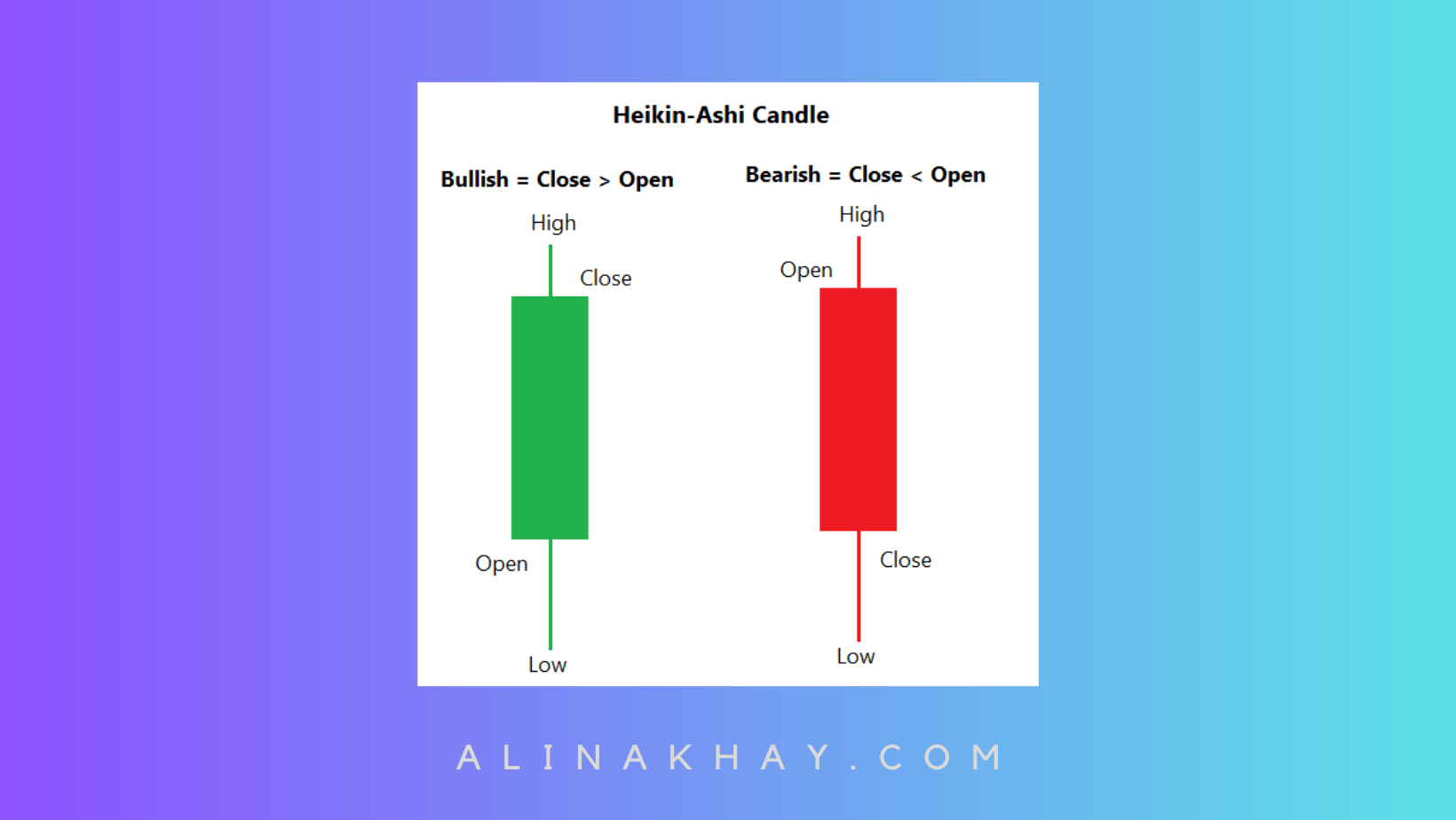
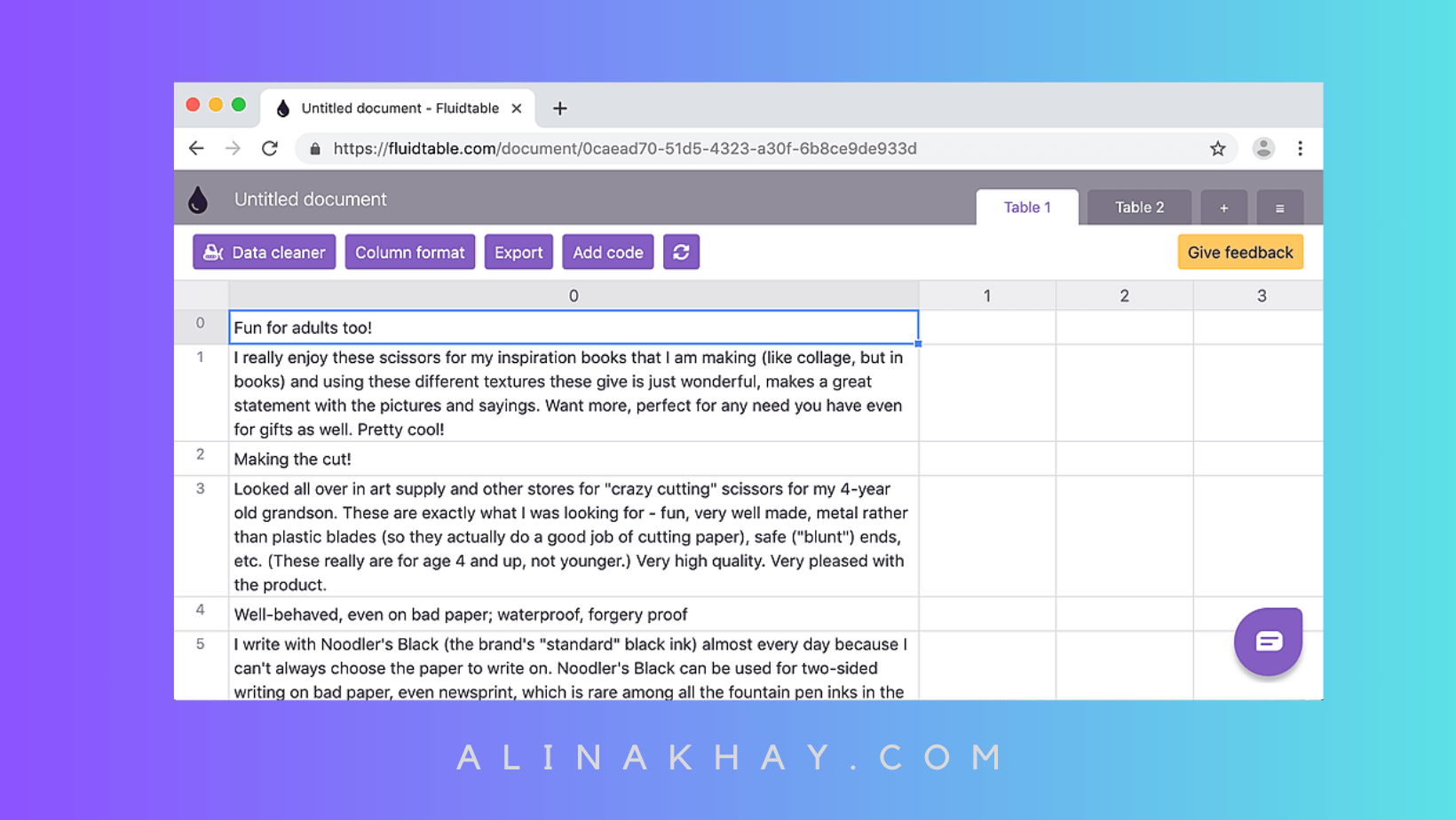
- Fundamental Data
Fundamental analysts delve into a company's core business. They scrutinize financial statements, annual reports, balance sheets, profit-loss statements, management details, and various external factors. Consider these factors as inputs for machine learning models, as illustrated below.
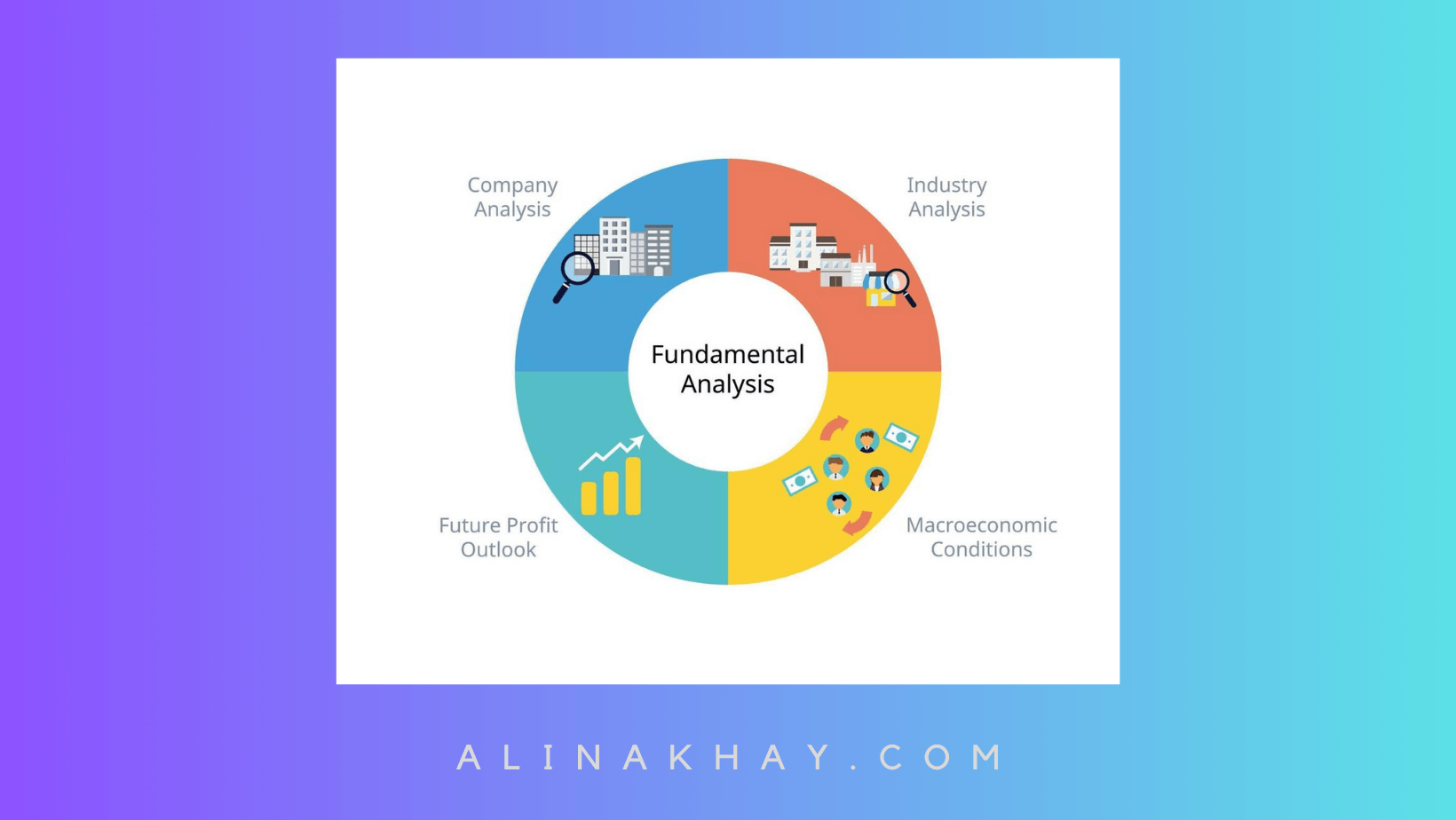
AI Revolutionizing Quantitative Finance
Artificial intelligence (AI), especially machine learning (ML), has piqued the interest of financial giants like banks, asset managers, and stock traders. They're harnessing AI, ML, deep learning (DL), and reinforcement learning (RL) techniques to supercharge investments, gain insights, and outperform competitors.
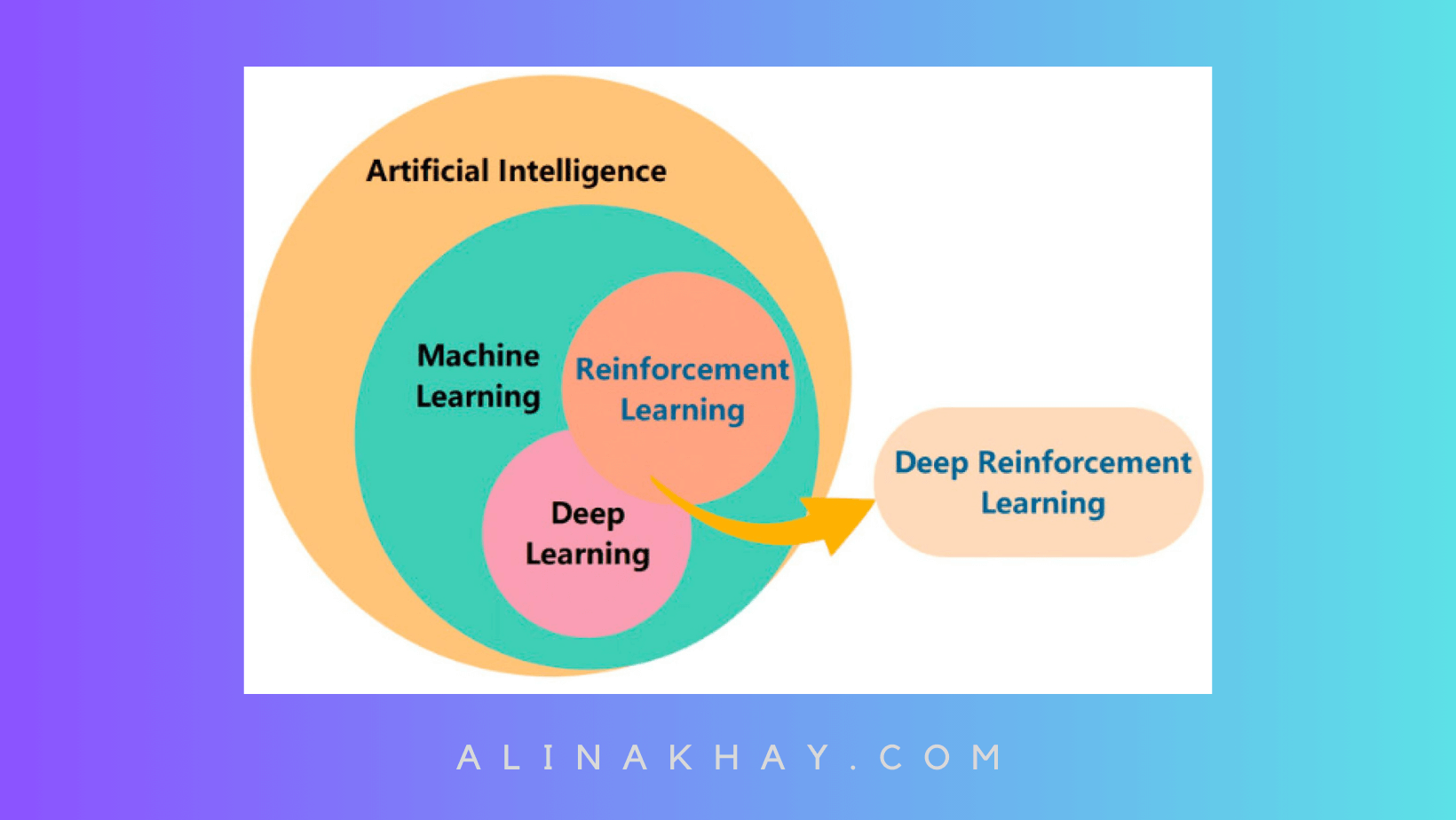
Unpacking AI and Its Subsets
In the realm of AI, both machine learning and deep learning play crucial roles. ML, a subset of AI, encompasses classification, regression, and clustering tasks.
Interpretable Models Matter
Complex ML systems, like deep neural networks, can be enigmatic black boxes once trained. Simplicity shines with models like Linear Regression (for regression) and Decision Trees (for classification). These interpretable models require no further explanations. In contrast, complex models like Deep Neural Networks, with millions of parameters, often remain mysteries despite understanding their structure and weights. ML empowers computers to sift through vast datasets, revealing elusive trends and patterns. In trading, spotting these is paramount.
The Fusion of Tradition and Innovation
Traditional finance models combine forces with ML for better forecasts. But remember, not all ML models fit every problem. Tailor the model to the task and data for optimal results, a joint effort of ML and finance experts.
ML Methods in Quantitative Finance
Harnessing the potential of Artificial Intelligence (AI) in quantitative finance necessitates addressing particular objectives. Let's explore crucial domains where AI demonstrates its capabilities.
1. Shares Price Prediction
Using machine learning, we venture into the world of Shares Price Prediction. It's all about foreseeing the future value of stocks and financial assets traded on exchanges. The goal? Generating substantial profits. However, predicting stock market performance is no walk in the park. Numerous factors, from psychological behaviors to rational and irrational conduct, contribute to the volatility of stock prices. This complexity challenges accurate stock value estimation.
2. Classification: Strong Buy, Sell, or Hold
In the realm of classification, AI aids in categorizing stocks as "STRONG BUY," "STRONG SELL," "BUY," "SELL," or "HOLD." The challenge here lies in the imbalance of class labels. Most often, "HOLD" is the recommendation, with "STRONG BUY" or "STRONG SELL" signals occurring rarely.
Supervised Learning
Supervised learning is a fundamental concept in Data Science and ML. Supervised learning trains algorithms using input samples and labels. The goal? Approximating the function y = f(x) as accurately as possible.
Two Main Types
- Regression: This type hinges on continuous output variables. Think predicting home prices or stock values – classic regression tasks.
- Classification: Here, we work with categorical variables like color or shape. Most machine learning applications embrace supervised learning. Widely used methods include logistic regression, linear regression, SVMs, and random forests.

Unsupervised Learning
In unsupervised learning, algorithms learn solely from input examples, without any output labels. They aim to decipher underlying patterns and structure in the data. This branch divides into two tasks: Clustering and Association.
Clustering
In clustering, algorithms like k-means strive to unearth inherent clusters or groups within the data.
Delving into Deep Learning
Now, we dive into deep learning, a subfield of machine learning with neural networks at its core.
Mimicking the Brain
Deep learning uses Artificial Neural Networks (ANNs), mimicking the human brain's structure. ANNs consist of layers—input, hidden, and output—with interconnected neurons or nodes.
Advantages of ANNs
- Exceptional at handling complex, nonlinear patterns.
- Precise modeling of group data, adaptable to linear and nonlinear dynamics.
- Robust against missing or noisy data.

Disadvantages of ANNs
- Prone to overfitting.
- Lack variance information for predictions on unknown data.
- Sensitivity to parameter choices.
Deep Learning in Finance
Deep Learning (DL) has rapidly gained ground in modeling and predicting volatile financial markets. Techniques like Long Short-Term Memory (LSTM), Convolutional Neural Networks (CNNs), and Recurrent Neural Networks (RNNs) are deployed in various financial applications.
Recurrence in Neural Networks: RNNs
The power of Recurrent Neural Networks (RNNs) lies in combination of the standard feedforward neural networks (FFNNs) with a temporal dimension.
Temporal Connectivity
RNNs feature links that traverse both passes and time. This unique neural network forms a directed graph along a sequence, enabling the flow of information back into previous levels.
Advantages of RNNs
- Capturing Temporal Relationships: RNNs excel at illustrating temporal connections between inputs and outputs, making them invaluable for time-dependent data.
Disadvantages of RNNs
- Training Complexity: RNNs can be challenging to train and require careful instruction to perform effectively.
The Power of LSTM
The Long Short-Term Memory (LSTM), a variation of Recurrent Neural Networks (RNNs) designed to tackle the vanishing gradient problem.
LSTM Essentials
LSTM comprises repeated memory modules, each housing three gates. These gates prevent the vanishing gradient issue, enabling LSTM to excel in learning sequential patterns.
Advantages of LSTM
- Self-Learning: LSTM excels at learning data interactions and patterns independently.
- Effective Predictions: It analyzes data interactions and hidden patterns to make precise predictions.
- Long-Term Memory: LSTM retains knowledge over extended periods.
Disadvantages of LSTM
- Complex Memory Handling: Indexing memory cells while writing to or reading from them can be challenging.
Exploring Convolutional Neural Networks (CNNs)
Dive into Convolutional Neural Networks (CNNs), biologically inspired by the brain's visual cortex, with an emphasis on simplicity and efficiency.
CNN Structure
CNNs are feed-forward networks consisting of convolutional and pooling layers. They include Input, Convolution, Pooling, Dense, and Output layers.
Advantages of CNN
- Efficient Pre-processing: CNNs reduce pre-processing overhead compared to traditional classification algorithms. They can self-learn new filters and attributes.
- Weight Distribution: CNNs distribute weight effectively, enhancing performance.
Disadvantages of CNN
- Data Demands: CNNs require a substantial amount of training data.
- Latency Concerns: Procedures like maxpool can lead to higher latency in CNN operations.
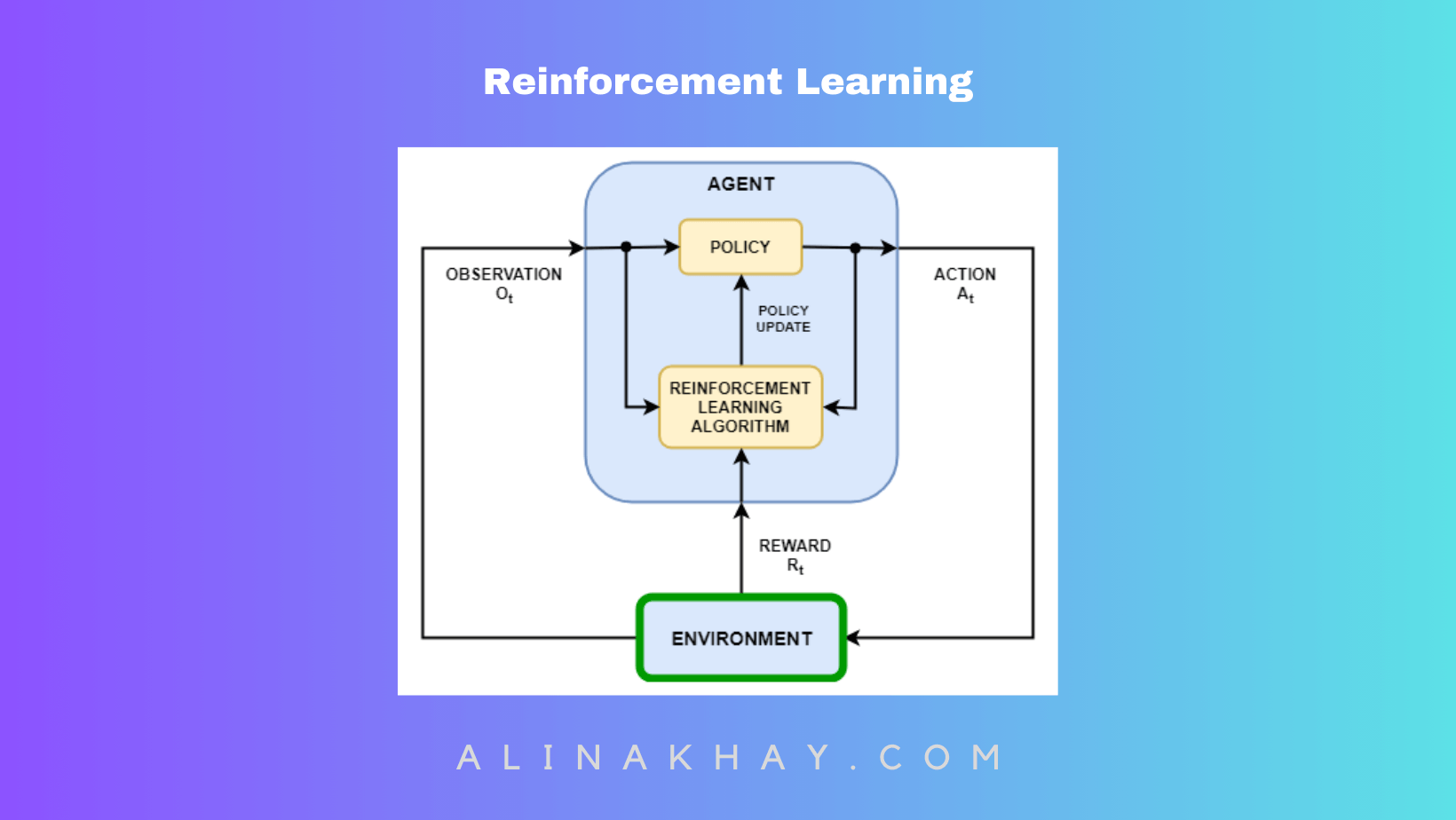
Reinforcement Learning
Let's explore the world of Reinforcement Learning (RL), another crucial area of machine learning.
Understanding RL
Reinforcement learning focuses on training smart agents to make decisions in an environment, aiming to maximize rewards over time. The environment responds to agent actions with rewards or state transitions.
Fundamental Components
- Agent: The decision-maker.
- Environment: Where actions occur.
- Rewards: Positive or negative incentives for agent behavior.
Q-Learning in Trading
Q-learning, a reinforcement learning algorithm, was used to optimize dynamic trading strategies. It outperformed Buy-and-Hold and Decision-Tree-based approaches in profitability, leveraging real data from Indian and American stock markets.
Exploring Q-Learning
Q-Learning helps agents make optimal decisions based on the current state. It's a model-free, off-policy method that selects actions at random to maximize rewards.
Deep Q-Learning: Adding Neural Networks
Deep Q-Learning enhances RL with neural networks. It uses Q-Networks to save events in memory and calculate Q-values for improved decision-making.
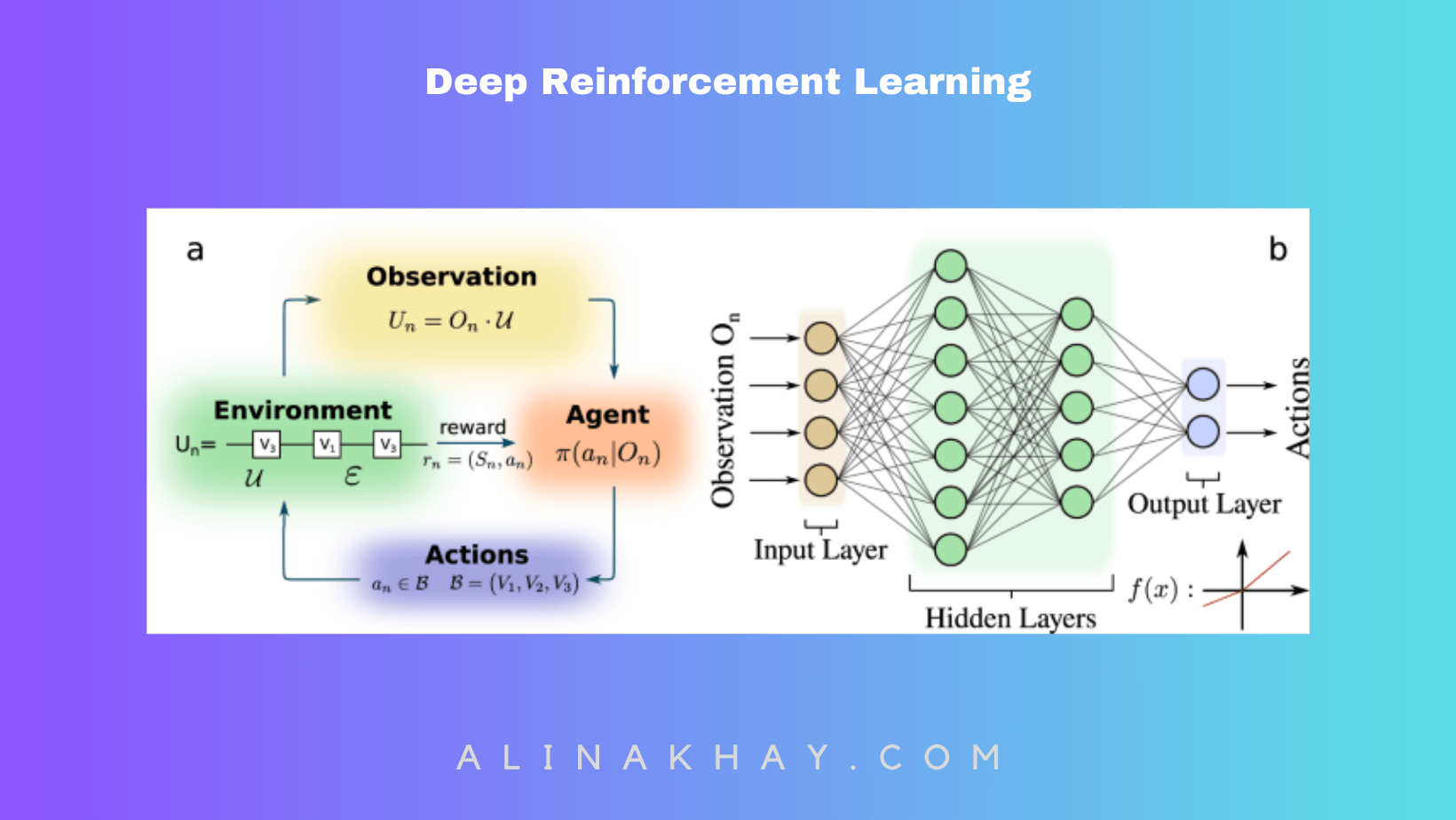
Deep Q-Learning's structure, depicted in image above, equips AI agents to operate in diverse action spaces.
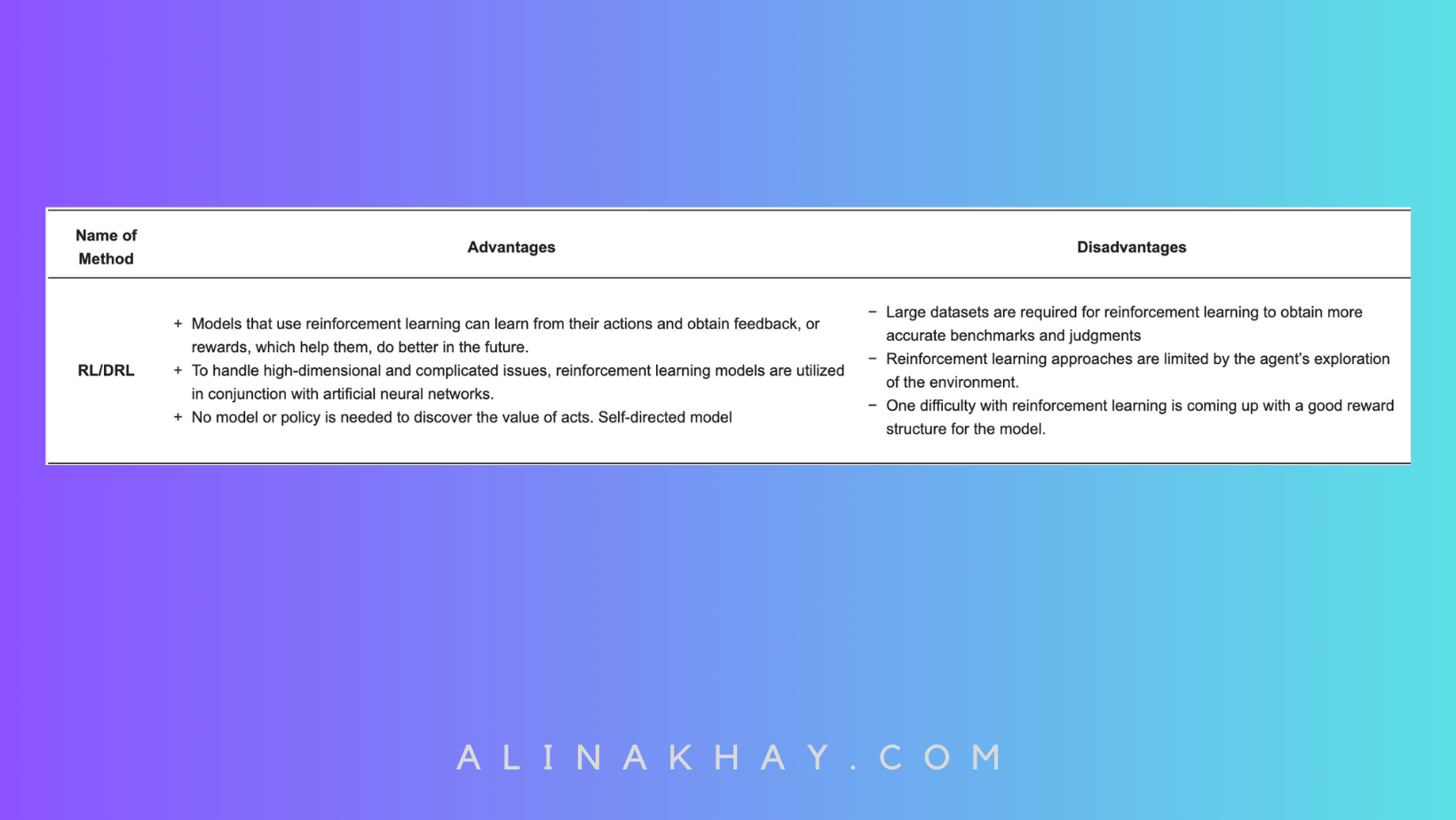
Diverse DRL Algorithms for Quantitative Trading
Researchers are applying various traditional DRL algorithms to different quantitative trading scenarios. Expect more sophisticated DRL methods to gain prominence in financial data analysis.
Model-Based DRL for Accelerating Learning
Model-based DRL leverages financial market models to speed up training. It optimizes cumulative gains while considering worst-case scenarios, like financial crises.
Balancing Profits and Losses
Quantitative trading aims to strike a balance between profit maximization and loss reduction. Achieving this balance is key to successful trading.
Using machine learning, deep learning, and reinforcement learning for stock market prediction relies on current input data. Yet, it's vital to understand that the same model may not perform with the same efficiency on future data. Stock prices reflect existing information, making them inherently unpredictable. The stock market is influenced by numerous factors, including social, political, economic, and demographic variables, making it highly unpredictable.
Advancing Finance with Machine Learning
Machine learning accelerates computations while preserving quality results. Promising approaches have been unveiled to address financial challenges.
Combining Deep Learning (DL) and Reinforcement Learning (RL) techniques enhances trading strategies by harnessing their data-handling capabilities. Expect further advancements in this field.